Media laws at Micronesia
Media laws in the Federated States of Micronesia (FSM) are shaped by a combination of constitutional protections, statutory regulations, and the operations of various government and religious bodies. Here's an overview:
Constitutional Framework
The FSM Constitution guarantees freedom of expression, which encompasses the right to freely speak, write, and publish, as well as the right to access government information. However, this freedom is subject to limitations aimed at protecting public order and national security.
Regulatory Bodies and Legislation
Division of Communications
The Division of Communications, under the Department of Transportation, Communications & Infrastructure, oversees media operations in FSM. Its responsibilities include licensing radio and communications, managing the radio frequency spectrum, and ensuring compliance with national laws and international agreements.
Radio Communication Act
The FSM Radio Communication Act of 1991 (Public Law 7-37) regulates the use of radio frequencies, assignment procedures, and technical standards for broadcasting. It aligns with international standards set by the International Telecommunications Union and the U.S. Federal Communications Commission.
Copyright Law
FSM's copyright laws are codified in Title 35 of the FSM Code, which covers copyrights, patents, and trademarks. The law outlines the rights of creators, including the exclusive right to reproduce, distribute, and publicly display their works. It also includes provisions for fair use, allowing limited use of copyrighted material without permission for purposes such as criticism, comment, news reporting, teaching, scholarship, or research.
Media Landscape
FSM's media sector is relatively small and consists primarily of public broadcasters and church-operated media outlets. Each state has its own media channels:
Pohnpei: KPON-TV (commercial)
Yap: WAAB-TV (government)
Chuuk: TTKK (commercial)
Additionally, the federal government publishes a fortnightly information bulletin, and each state government produces its own newsletter.
While internet access is available, it is often limited to major population centers, and less than half of the population has regular access. The introduction of satellite internet services like Starlink is gradually improving connectivity.
Challenges and Considerations
Enforcing media laws in FSM presents challenges due to limited resources and the small size of the media sector. Regulatory bodies may face difficulties in monitoring and ensuring compliance across the dispersed islands. Additionally, there are ongoing discussions about the need for reforms to enhance media freedom and address concerns about self-regulation within the media industry.
In summary, while FSM's media laws provide a framework for freedom of expression and media operations, the practical enforcement and evolution of these laws continue to be influenced by the country's unique geographic, political, and economic context.








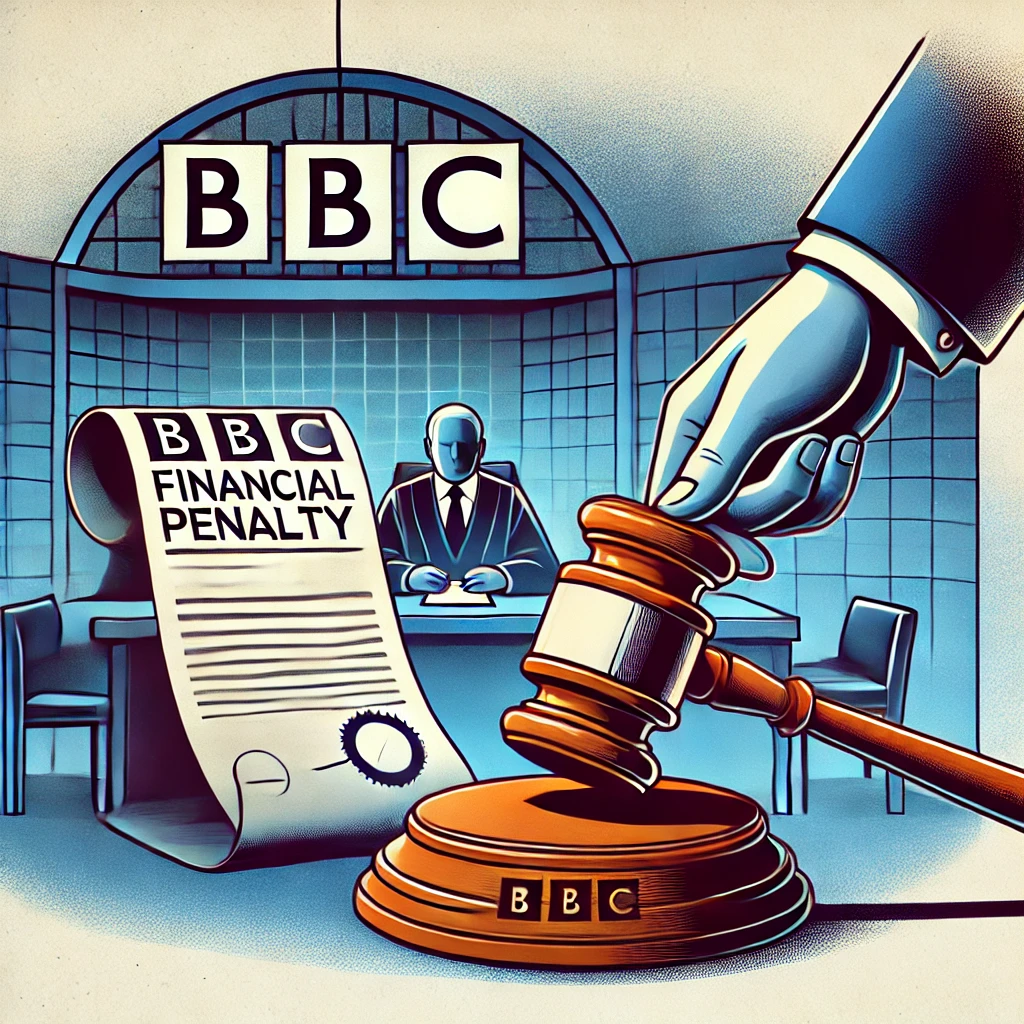
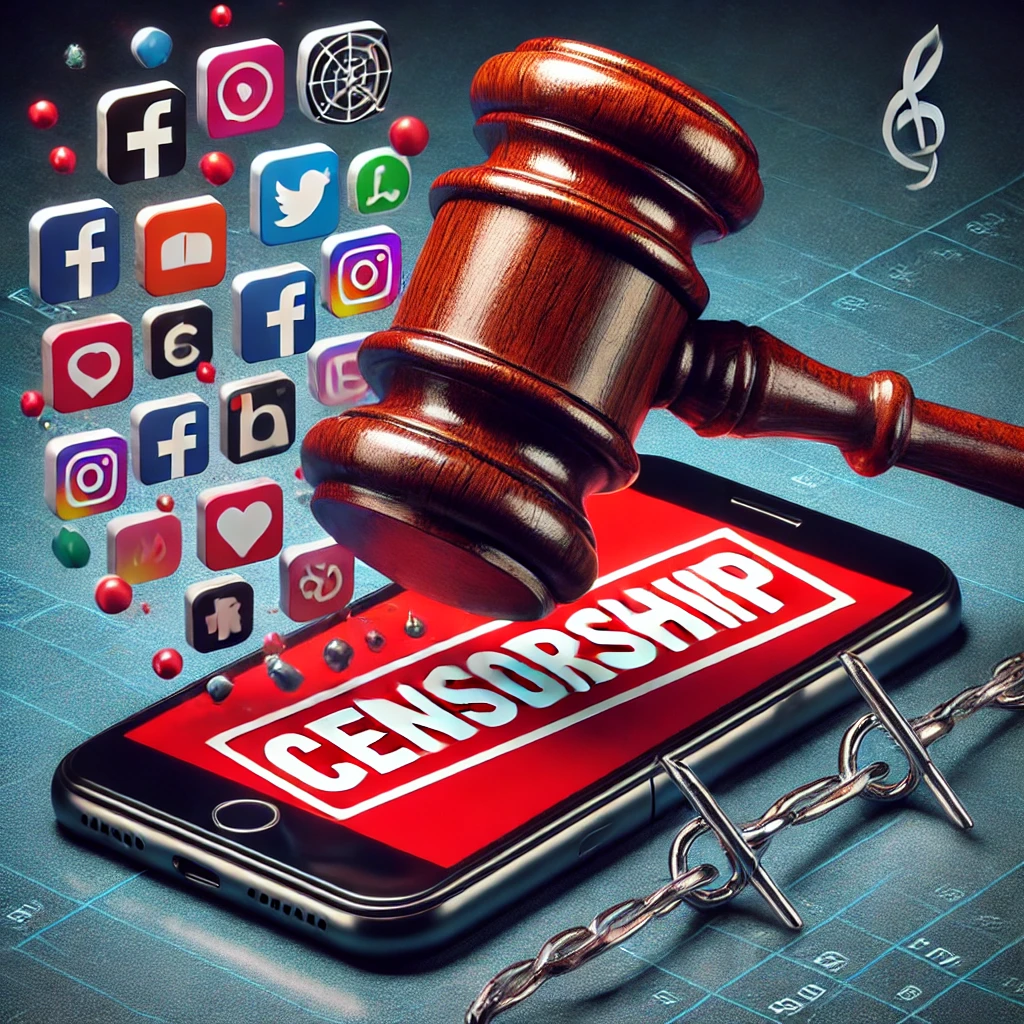



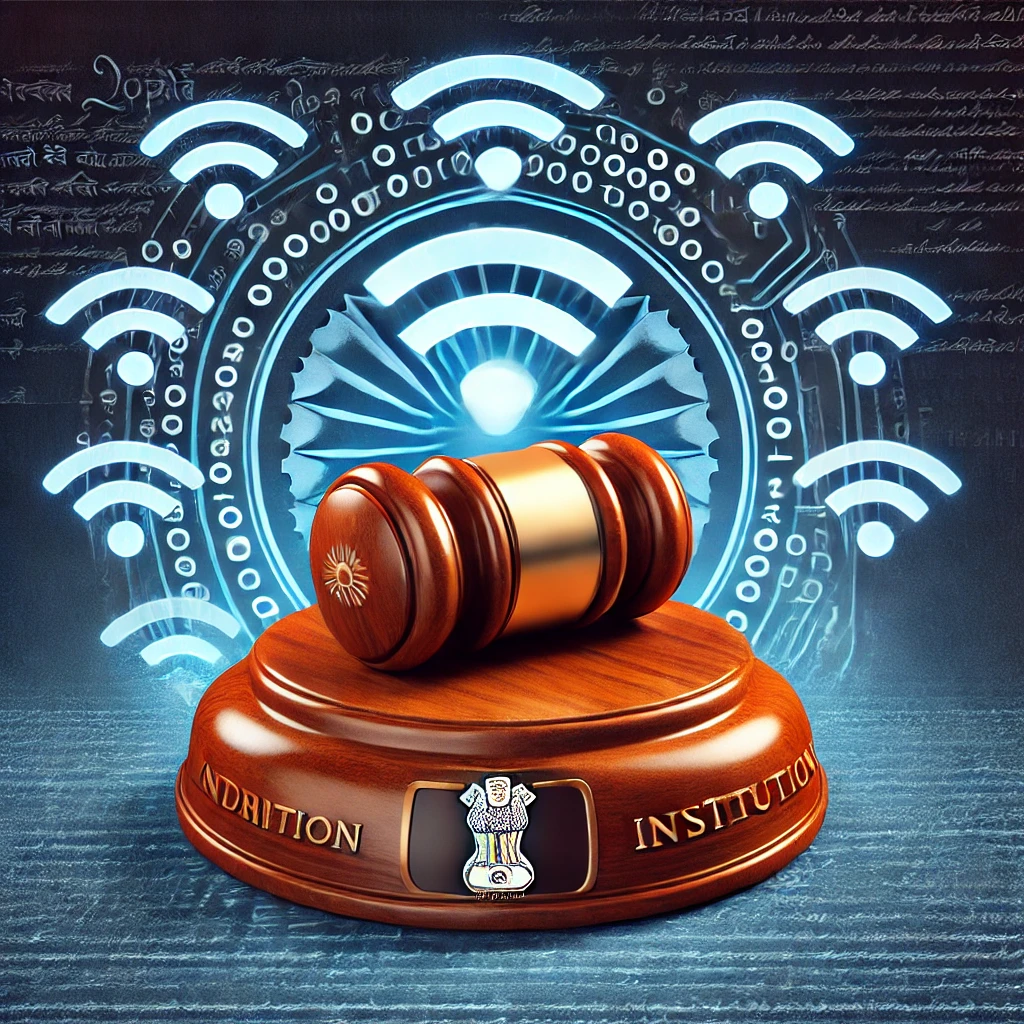

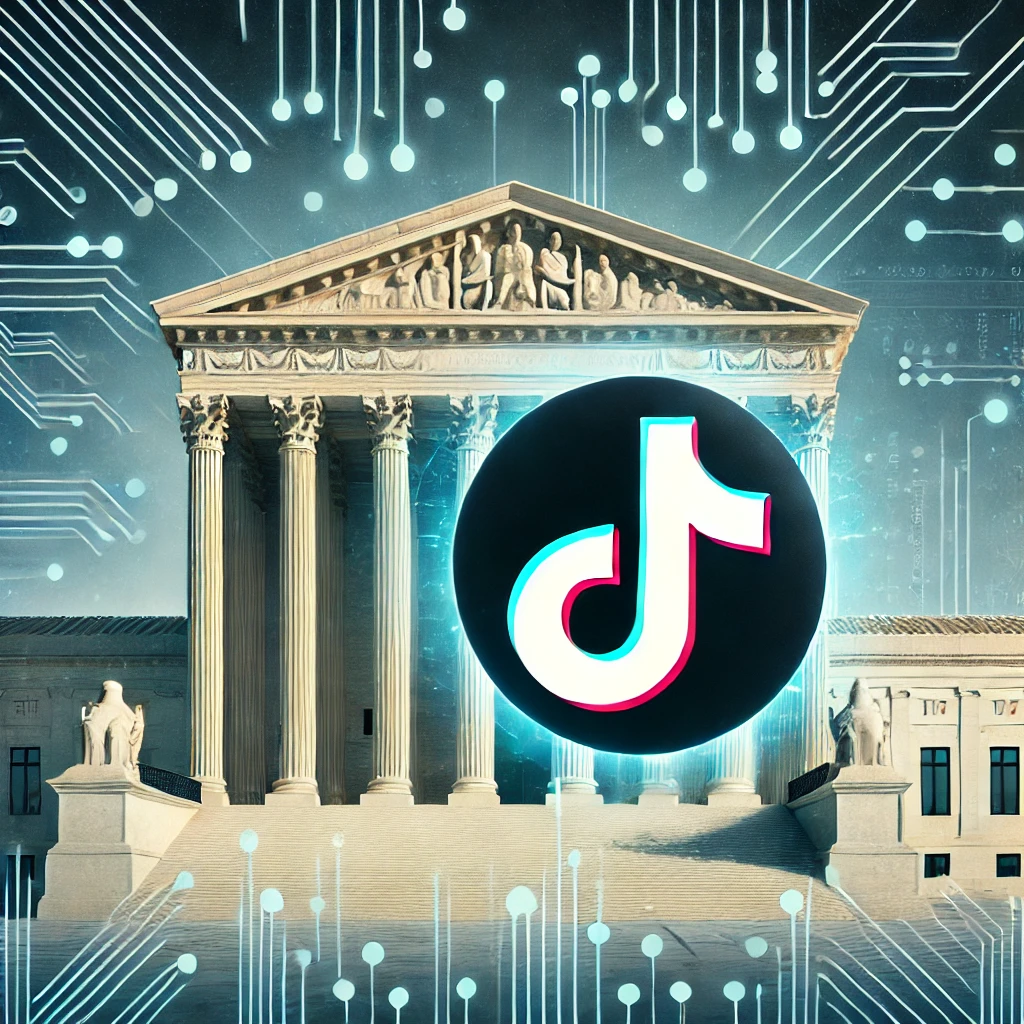


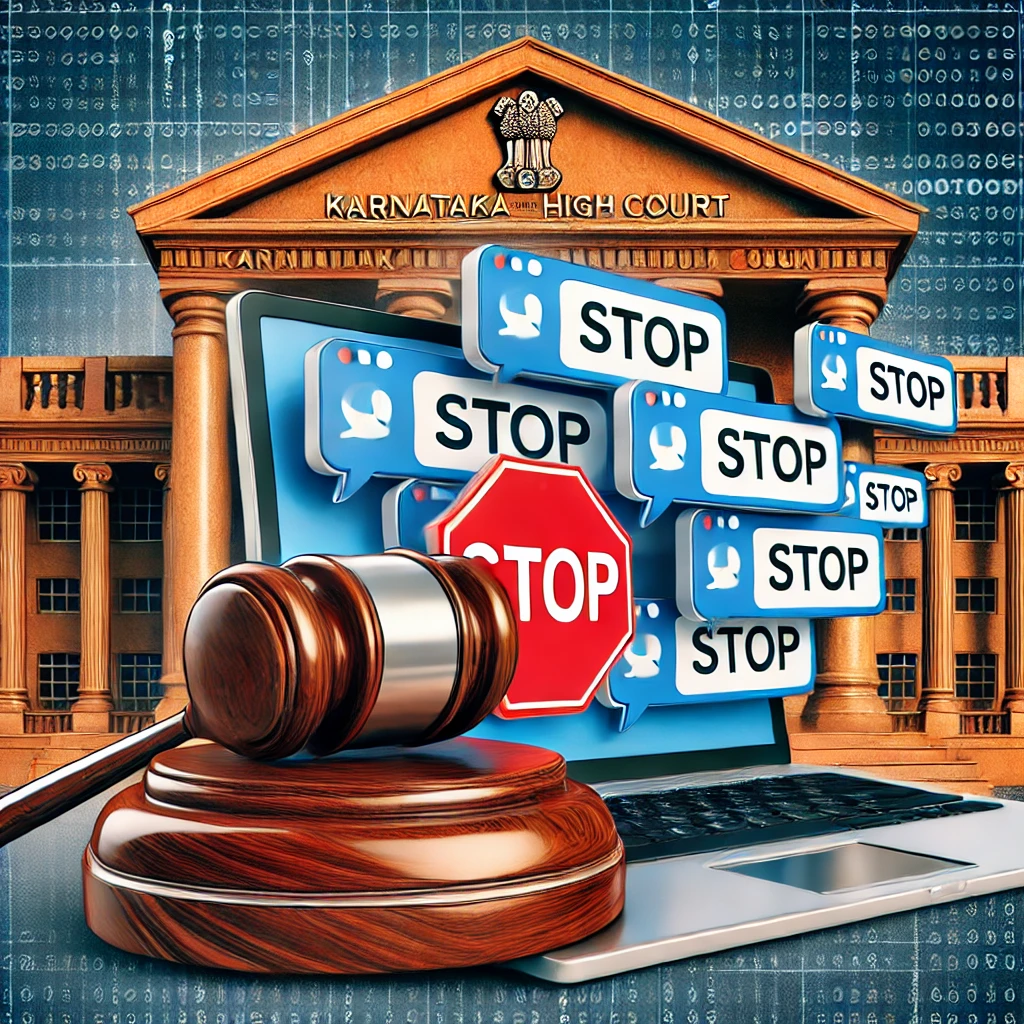

0 comments